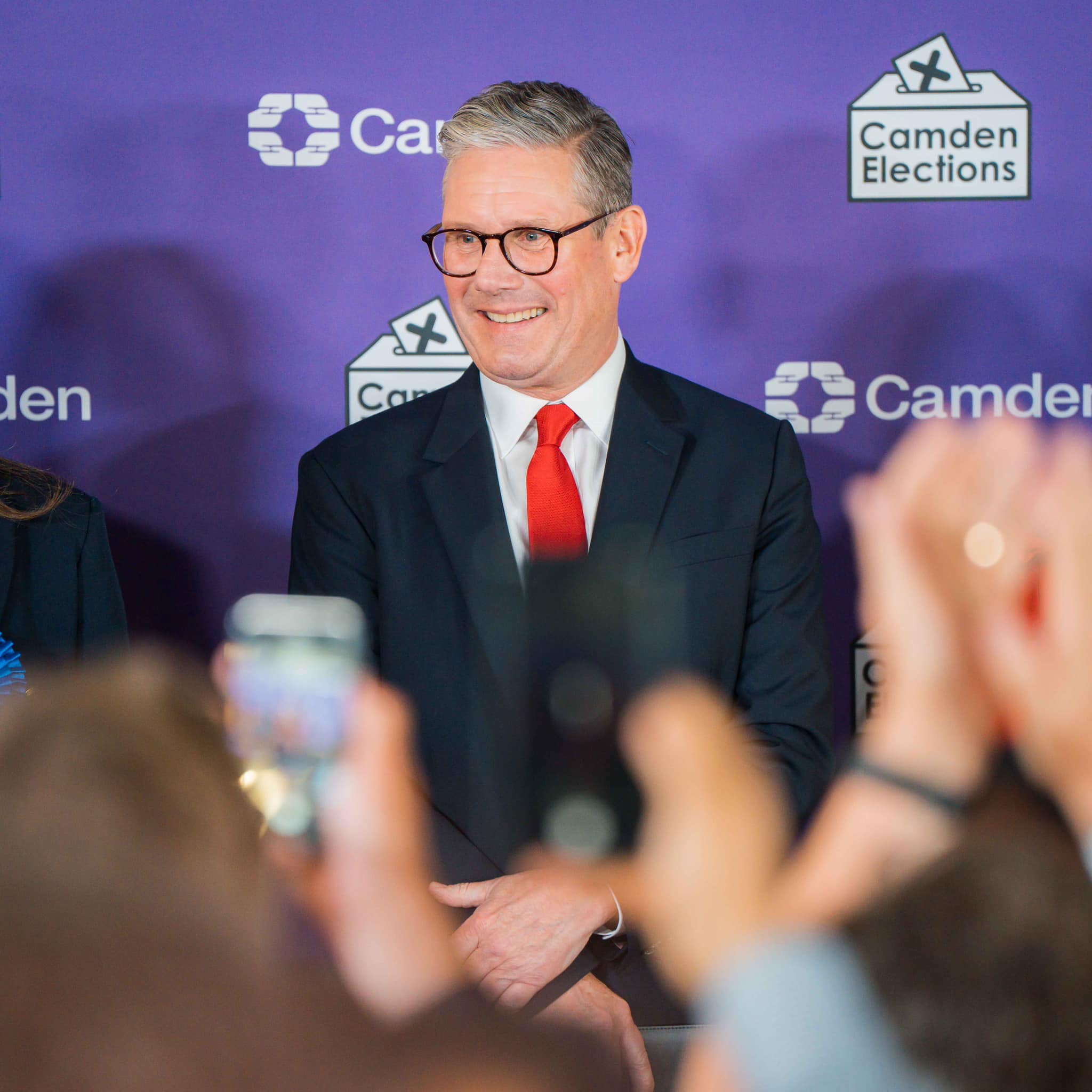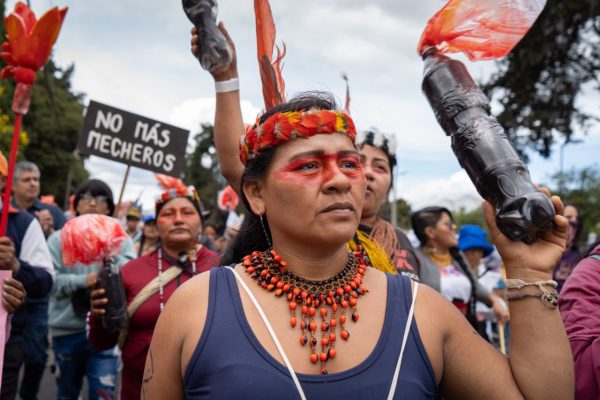Iran
From the “ruling realism” to the realism of the oppressed
Nima Sabouri examines the brutal repression by the Islamic Republic of Iran, highlighting the state’s use of executions as a tool to intimidate the oppressed masses, while contrasting this "ruling realism" with the resilient "realism of the oppressed" that fuels ongoing resistance and the potential for revolutionary change.
On the morning of 6th August, Reza Rasaei, a 34 year old Kurdish political prisoner and one of the detainees of the Jina Uprising, was executed after enduring months of imprisonment and torture. This state murder, along with the execution of 23 other prisoners during the week prior, occurred at a time when the Islamic Republic of Iran is in the middle of its most acute foreign political-military tensions, especially following the assassination of Hamas’ political leader Ismail Haniyeh in Tehran.
The occurrence of these executions at this moment, in addition to the issuance of the death sentence for two women political prisoners (Sharifeh Mohammadi and Pakhshan Azizi), is part of a mass murder campaign that has seen the execution of more than 200 other prisoners since the 21st of March 2024 alone (the first day of the Iranian calendar). In 2023, at least 853 persons were executed, about 300 more than in 2022. This accelerated campaign of state killings shows that for the rulers of the Islamic Republic, the main battleground is inside the country, where the regime faces a huge mass of oppressed and angry people. The execution of prisoners, whether political or “non-political”, is actually a tool to intimidate and terrorize this “dangerous crowd”.
A day following Rasaei’s execution, 29 other prisoners were executed in two prisons in Karaj, a city in north-central Iran. On the same day in the women’s section of Evin prison in Tehran, prisoners who held a sit-in in protest of Rasaei’s execution were brutally attacked. Some were physically hurt so badly by the prison guards (amongst them Nobel Peace Prize recipient, Narges Mohammadi) that they had to be treated in hospital.
While the Islamic Republic, in spite of the hype, treats its foreign opponents as always with huge caution (so much so that it even informs them in advance and in detail of its performative military strikes), it does not recognize any limitations or considerations when confronting actual and potential opponents inside the country. This is because the rulers of the regime think that the balance of power in the domestic arena is in their favor (unlike in the foreign arena), and also because, based on their long experience in international politics, they know only too well that they will not be held accountable to any body at the international level for even the most heinous killings and atrocities they commit inside the country. This impunity rests on a core tenant of the international power system — an unwritten custom that dictates non-interference of governments in each other’s “internal affairs”. The effect of this has been that the rulers of Iran and other dictatorial regimes have a green light to attempt to completely suppress their own “citizens”, which would also be an “optimal” solution for the global powers to outsource the maintenance of the dominant order to the dictator regimes.
In the domestic sphere, the regime also hopes that the long-term practice of suffocating voices through maximum repression will still work, so they attempt to control the consequences of oppression and repression with more oppression and repression, via intimidation. This is why, for example, in recent years, we start our mornings every day with news of fresh executions.
Having said that, the situation described above is not as static as it seems. Under the shell of suppression, there exists a flow of resistance. Continuous executions are actually a state-tool of intimidation to curb these resistances. Some visible examples of this resistance-flow (despite the intensification of state repression) are: the stands by justice-seekers (families of those killed by the state), daily and civil resistance of women*, frequent strikes and protests of workers (including retirees, teachers, nurses, industrial workers, oil and gas workers, etc.), the resistance of the marginalized and oppressed nationalities ( Kurds, Baloch, Ahwazi and others), environmental protests, and also the continuation of the resistance of prisoners in dozens of prisons across Iran. The noteworthy point is that, at least in the current phase, the intimidation function of increasing executions has not been as effective as the rulers had expected. For example, parallel to the increase in executions, the range of the prisoners participating in the hunger-strike of the “Tuesdays of No to Execution” campaign in Iranian prisons has expanded (as I write, it is the twenty-eighth week of this campaign).
Furthermore, even if the rulers of Iran’s Islamic system have forgotten the fate of their former political relatives, such as Omar al-Bashir (of Sudan), they are now fearfully witnessing how the anger and determination of the oppressed in Bangladesh has marked a humiliating fate for another one of their political relatives.
It is for all of those reasons that for the rulers of the Islamic Republic, the main battlefield has always been inside the country; that is, their “main enemy” or the main obstacle to the expansion of their absolute power has been the oppressed, angry and desperate masses. The confidence of the rulers in recognizing this main enemy, and their ruthless determination in advancing this fateful battle, is due to the knowledge they have, more than anyone else, of the depth of the multiple crises they have created during the life of their sinister political system. These crises are so deep that even if they (presumably) want to, they can not provide any ointment to reduce the suffering and anger of the masses. In addition, the successive waves of mass uprisings in Iran since December 2017 have revealed the extent of the gap and antagonism between the state and the oppressed.
Therefore, the Iranian rulers’ awareness of the irreversibility of the path they have taken is the main theme of their “political realism”. This “ruling realism” has determined the main strategy of their governance beyond the ideological and religious sediments of the past. Based on this “realistic” strategy, the main goal of the Islamic Republic is nothing but maintaining the survival of its political system, under any conditions and at any cost. This goal partly explains why the Islamic Republic has increasingly embraced militarism, especially in the last two decades, and has so tightly mixed its capitalist economy, domestic politics, and foreign policy with militarism.
Since capitalism, despite the diversity of its local and regional children, is a global system, the imperialist mechanisms supporting this system also operate on a global scale. This is how – for instance – the glorious revolution of the Sudanese peoples, in the absence of global solidarity, has been surrounded by global and regional powers and is caught in a “war of the generals“, with the aim of destroying its revolutionary surpluses in famine, mass displacement and mass killing.
The current and nascent political revolution in Bangladesh reminds us, however, once again, that revolution is a manifestation of the “realism of the oppressed” — that there is no other way to freedom. This is, in itself, an emancipatory realism, even though its transformative power can only be realized through deepening the revolution and solidarity of the oppressed on a global scale.
16 August 2024
Source World Without Prisons.
P.S.
If you like this article or have found it useful, please consider donating towards the work of International Viewpoint. Simply follow this link: Donate then enter an amount of your choice. One-off donations are very welcome. But regular donations by standing order are also vital to our continuing functioning. See the last paragraph of this article for our bank account details and take out a standing order. Thanks.





